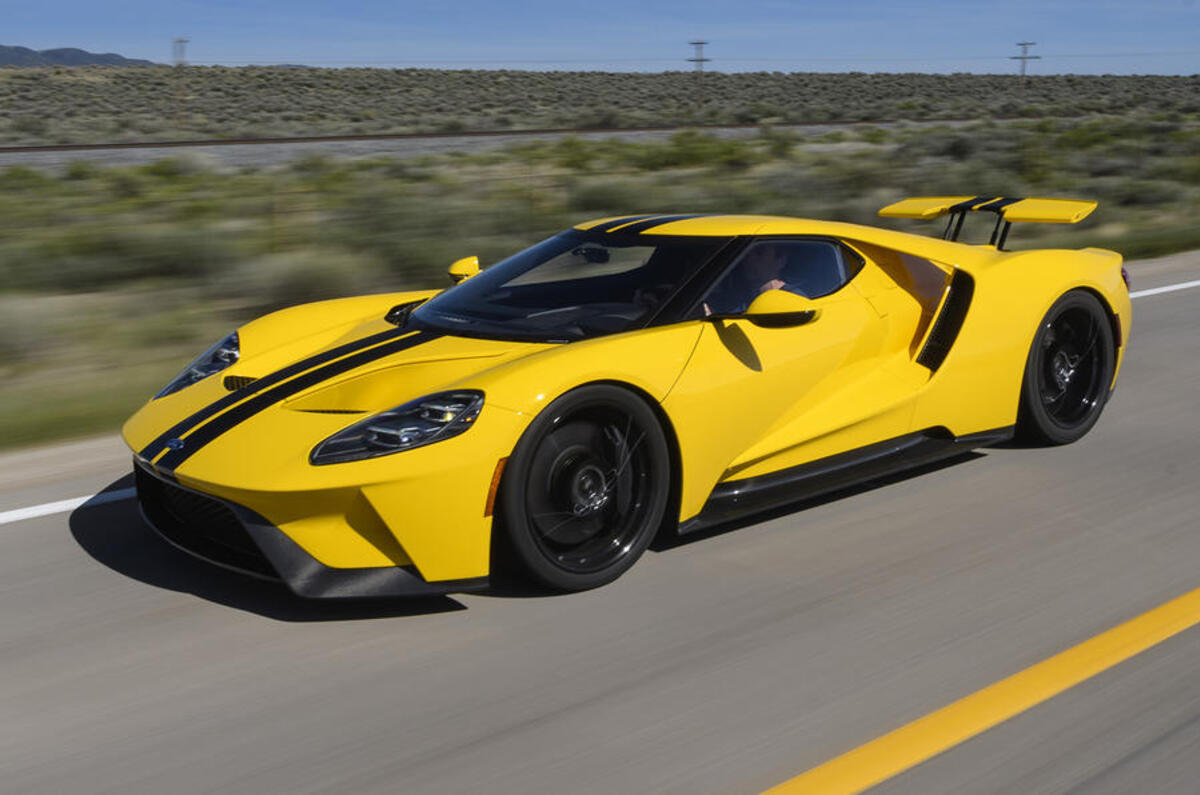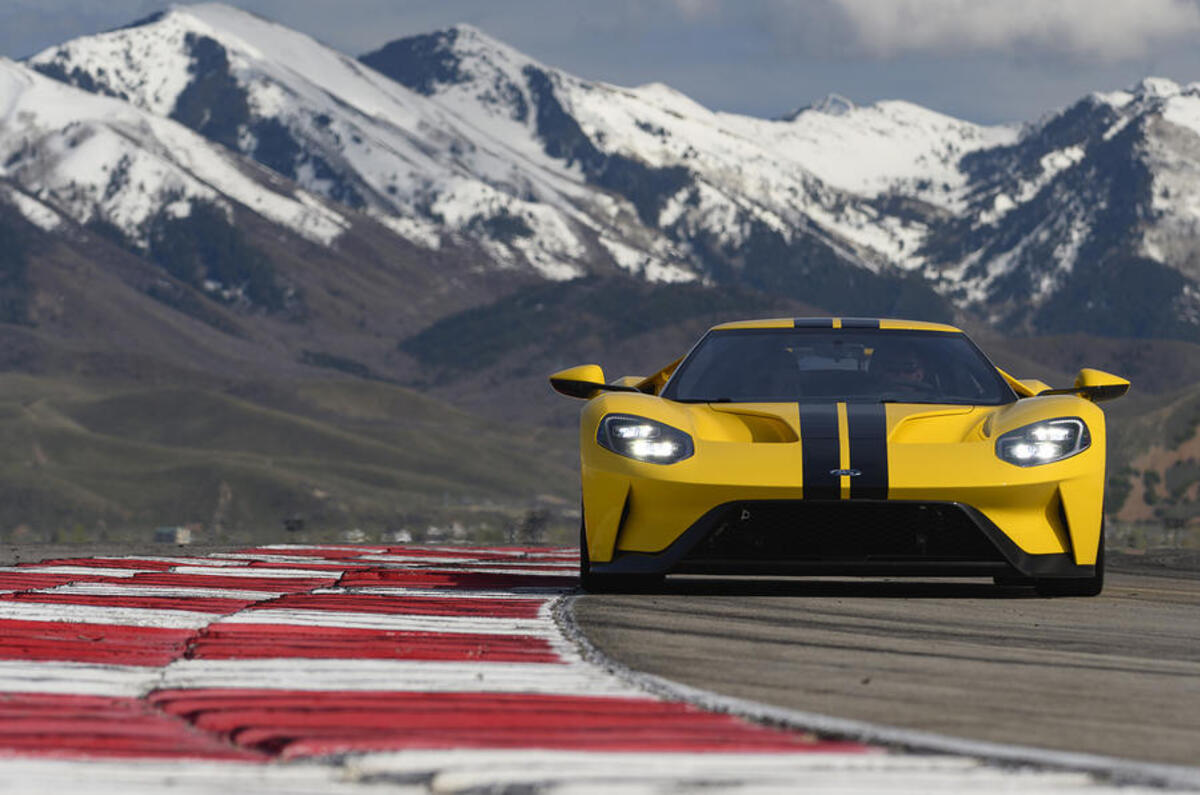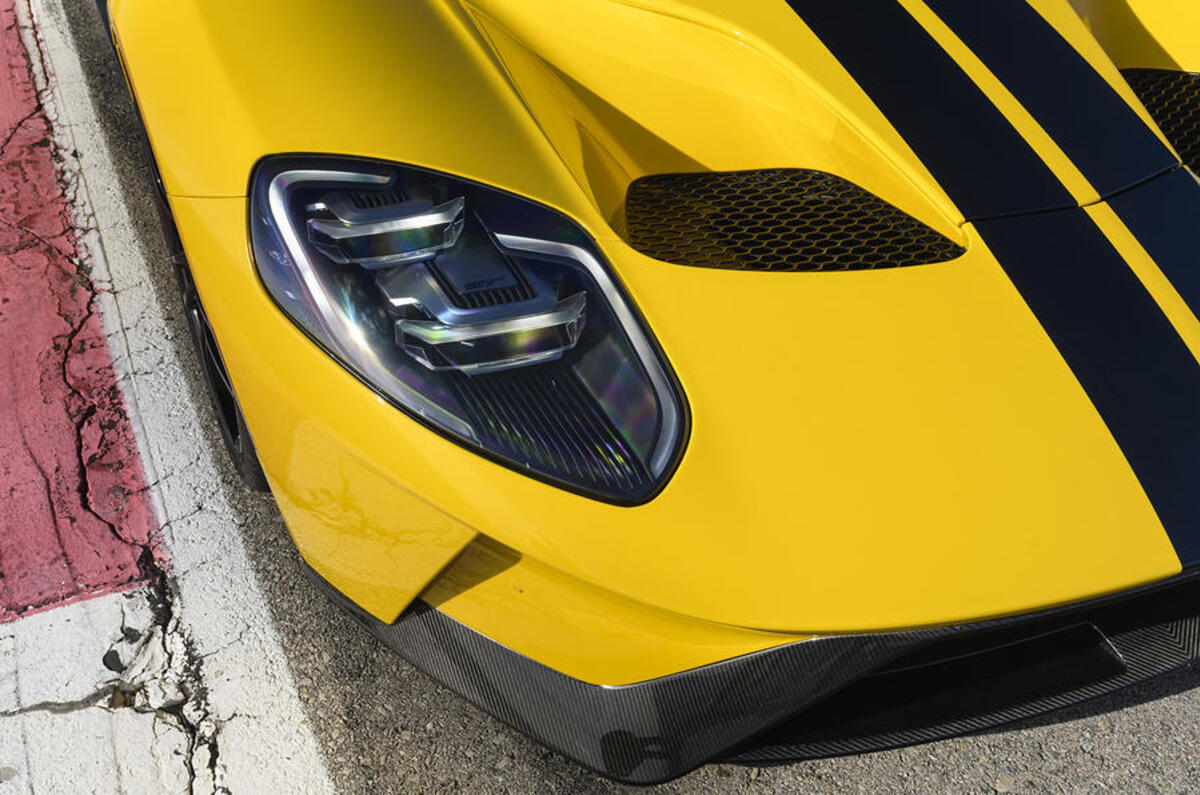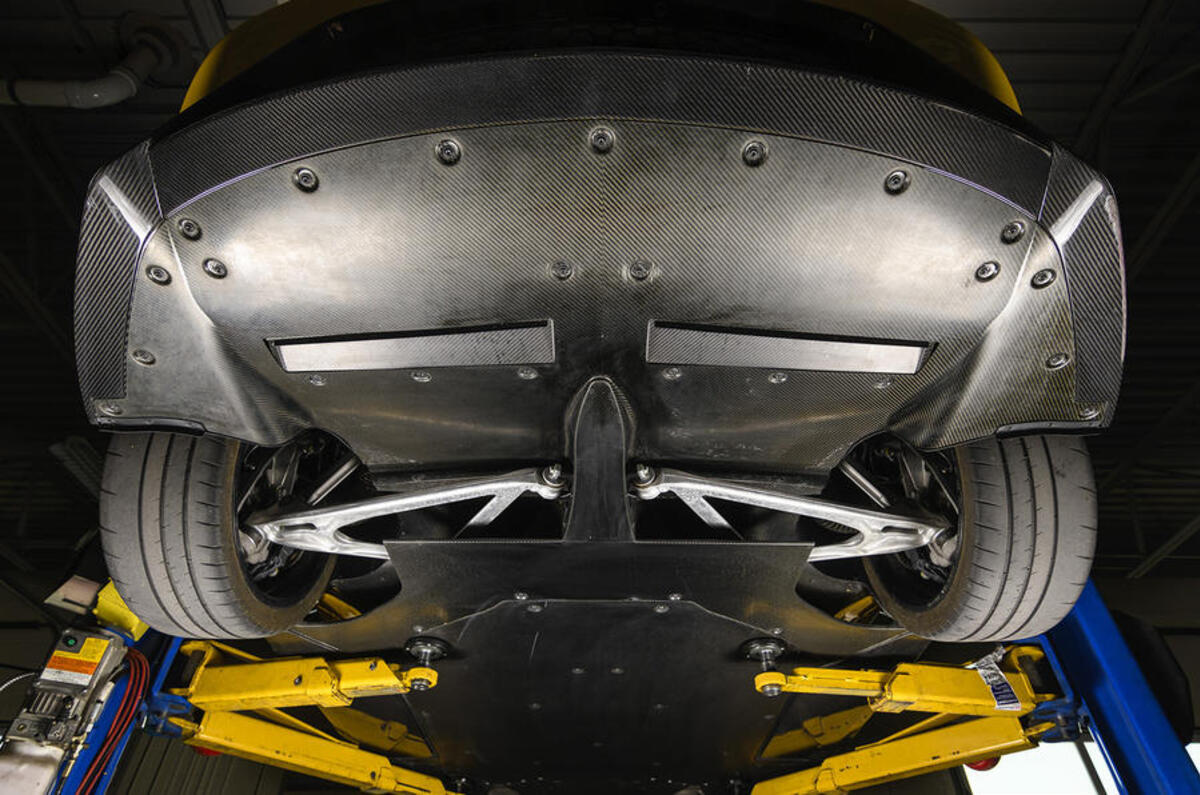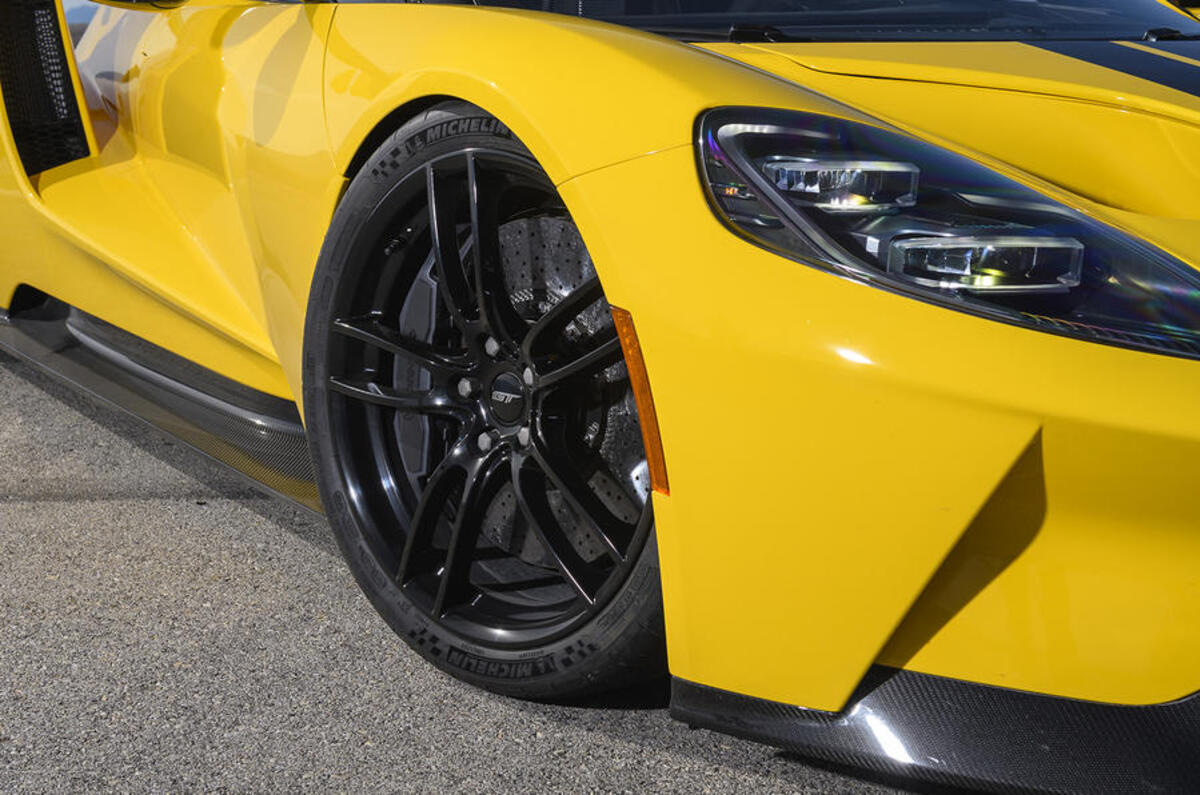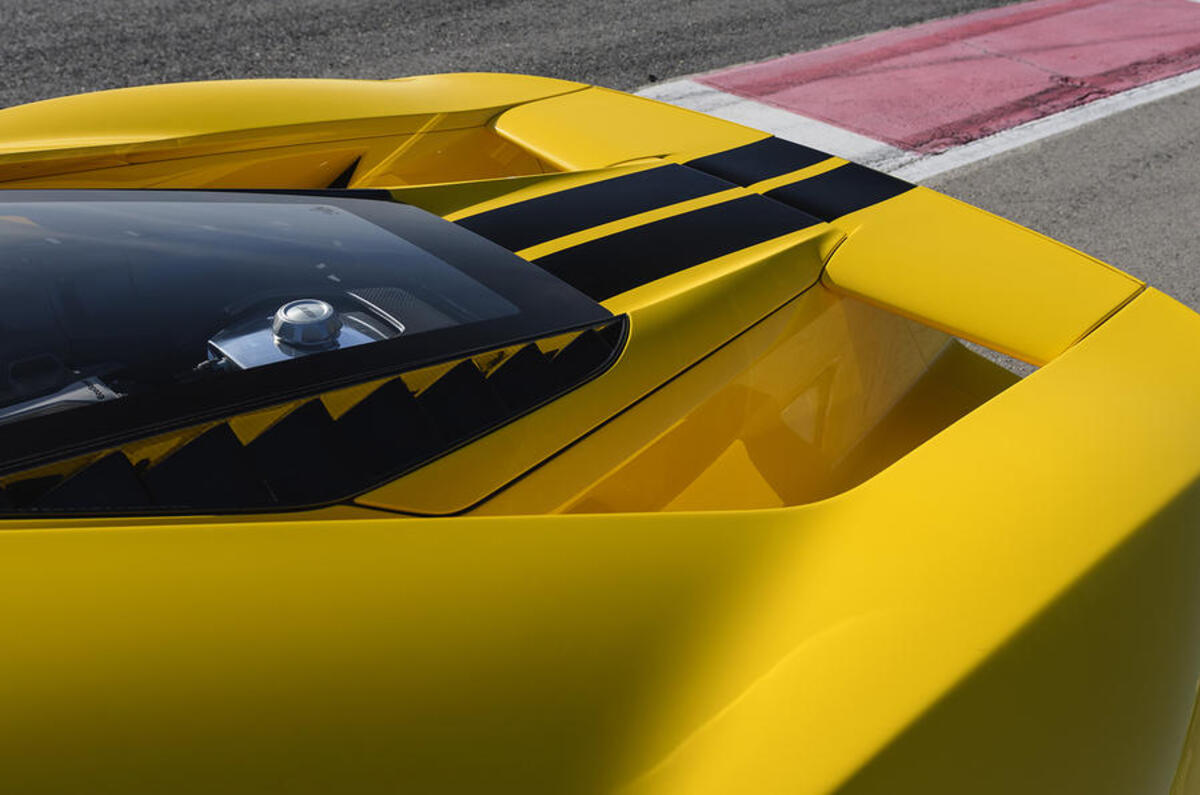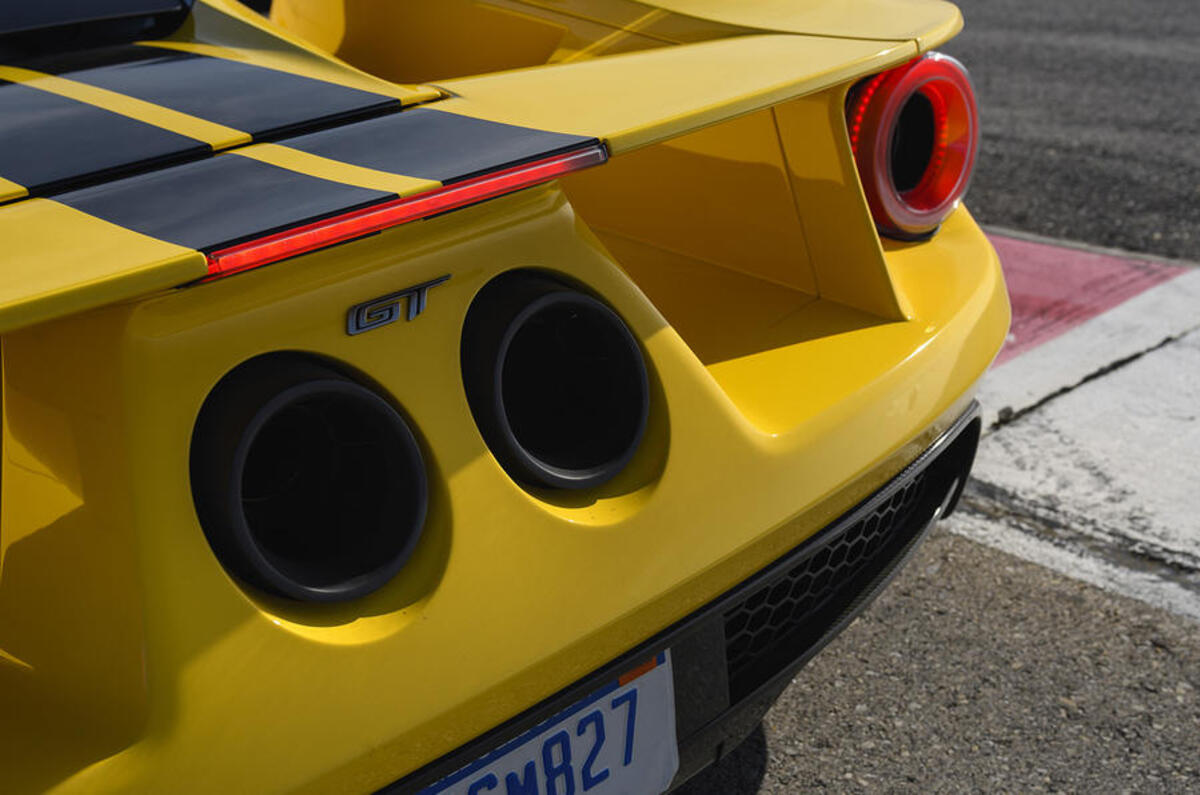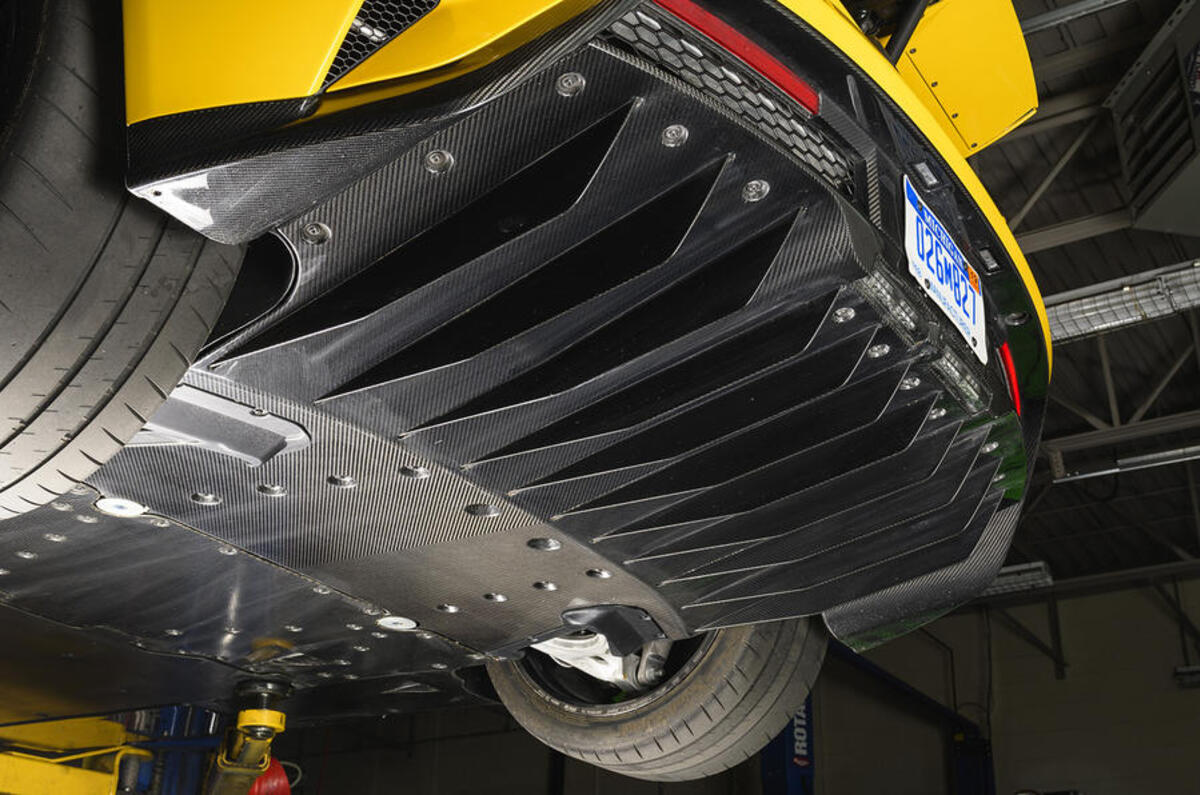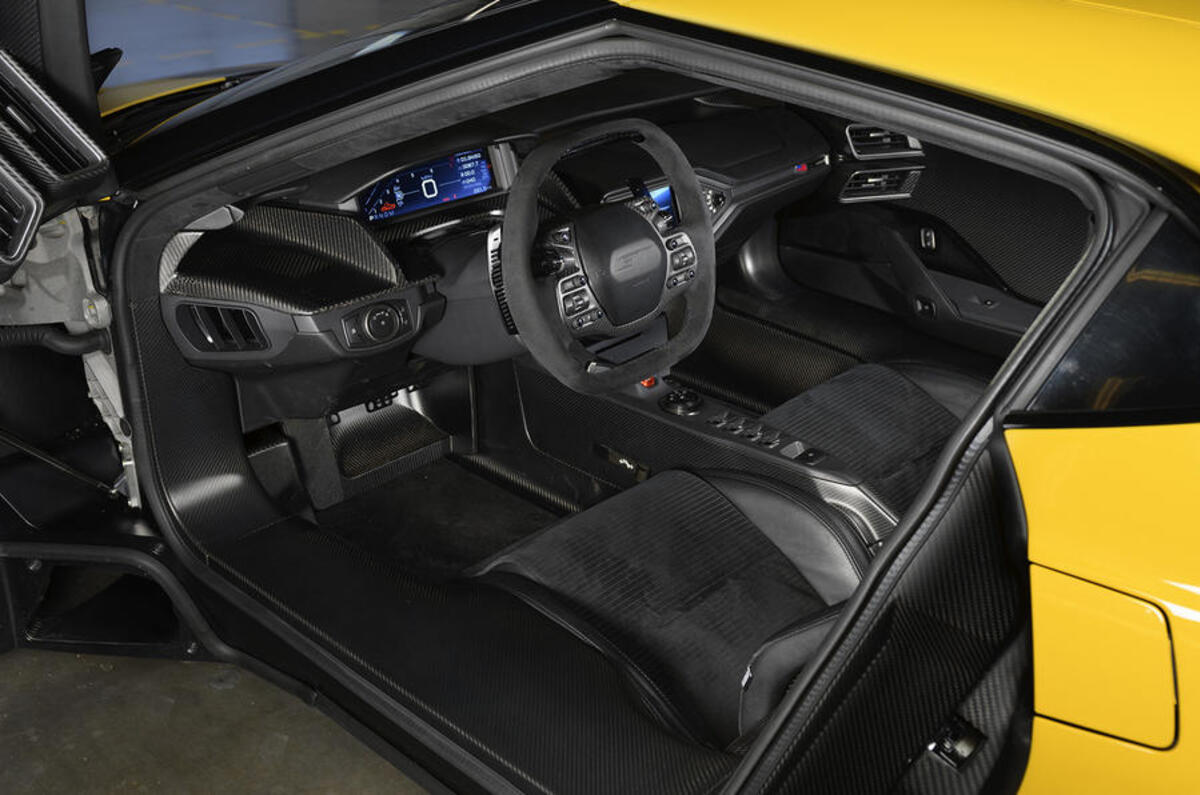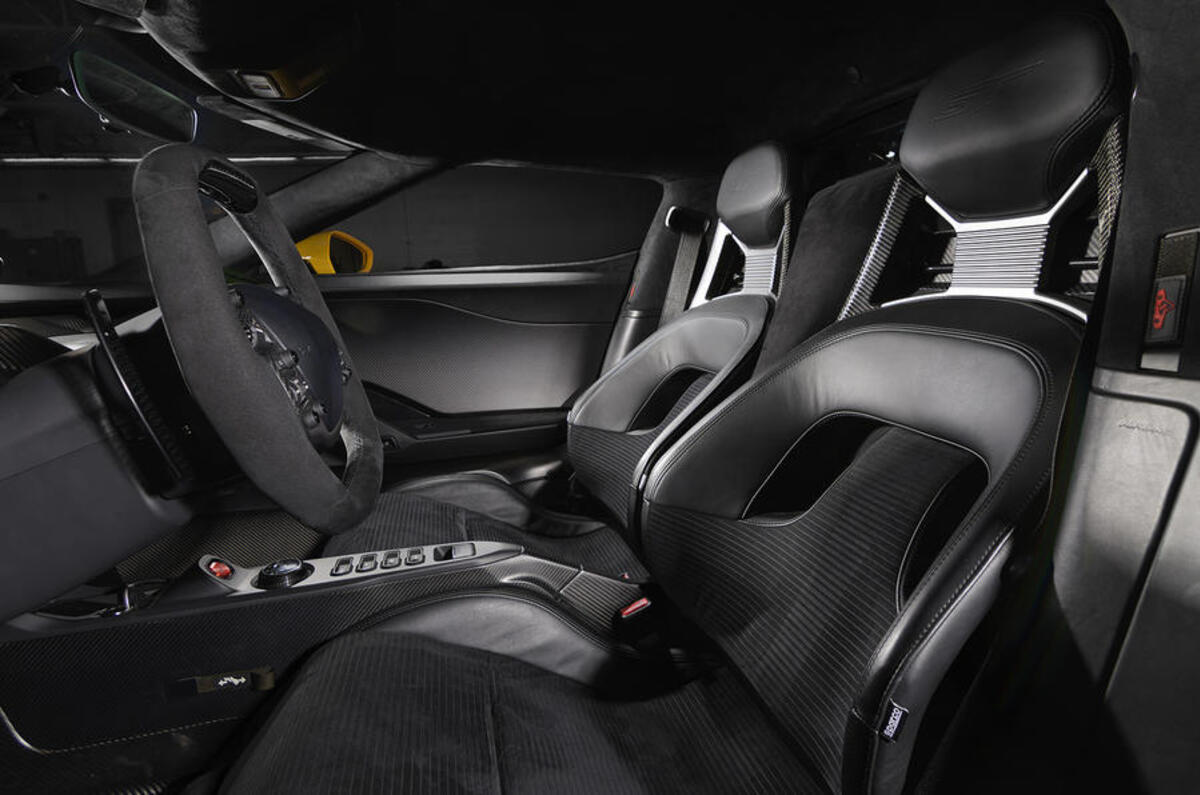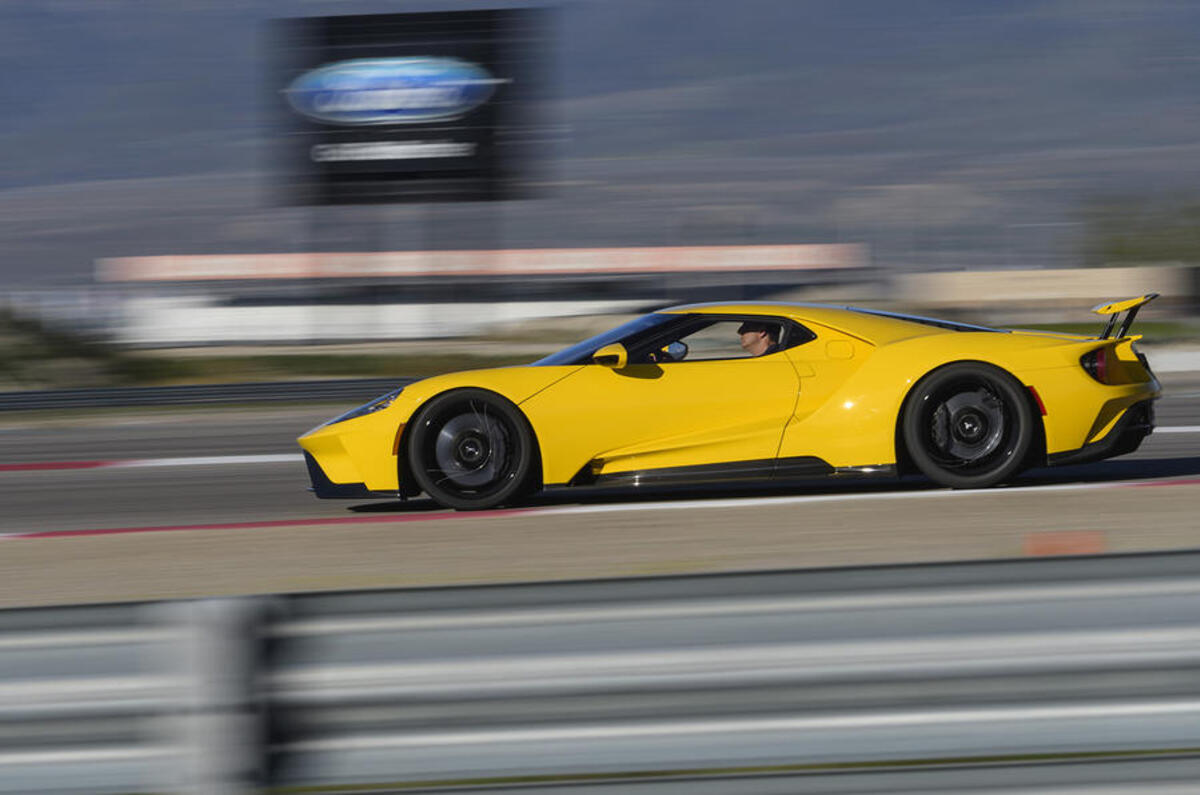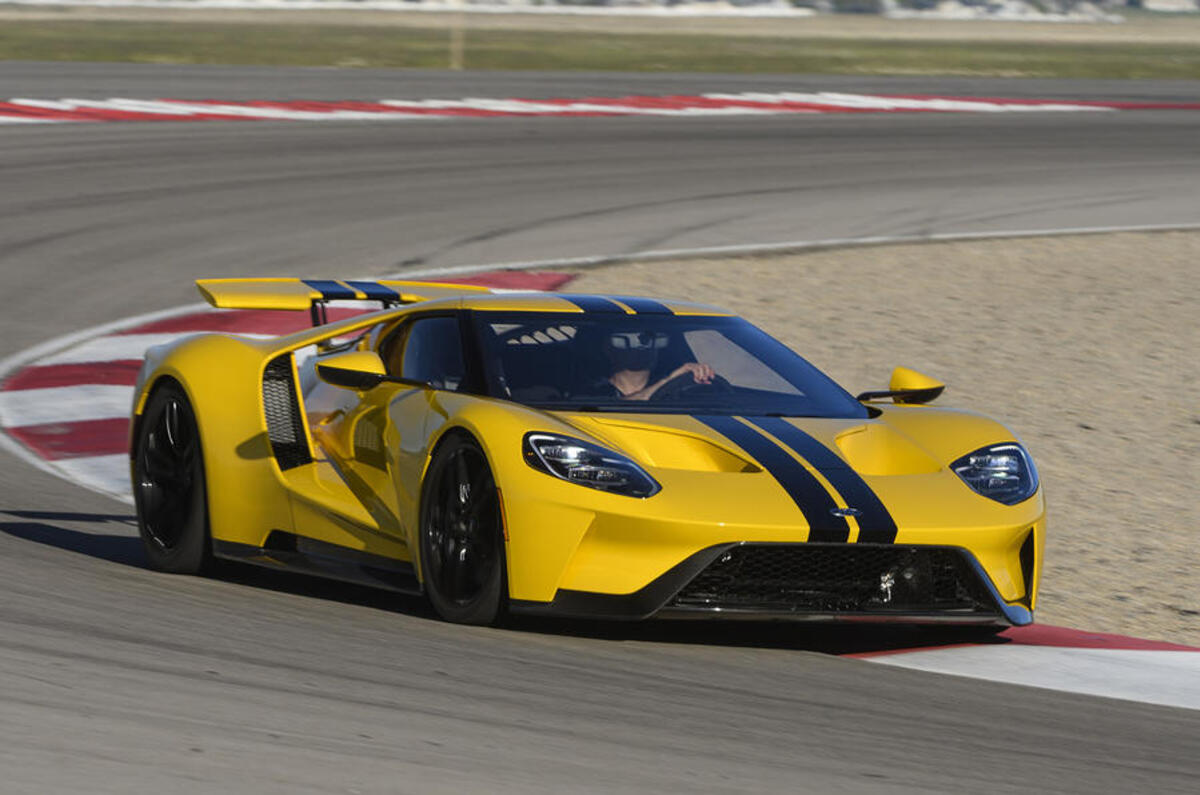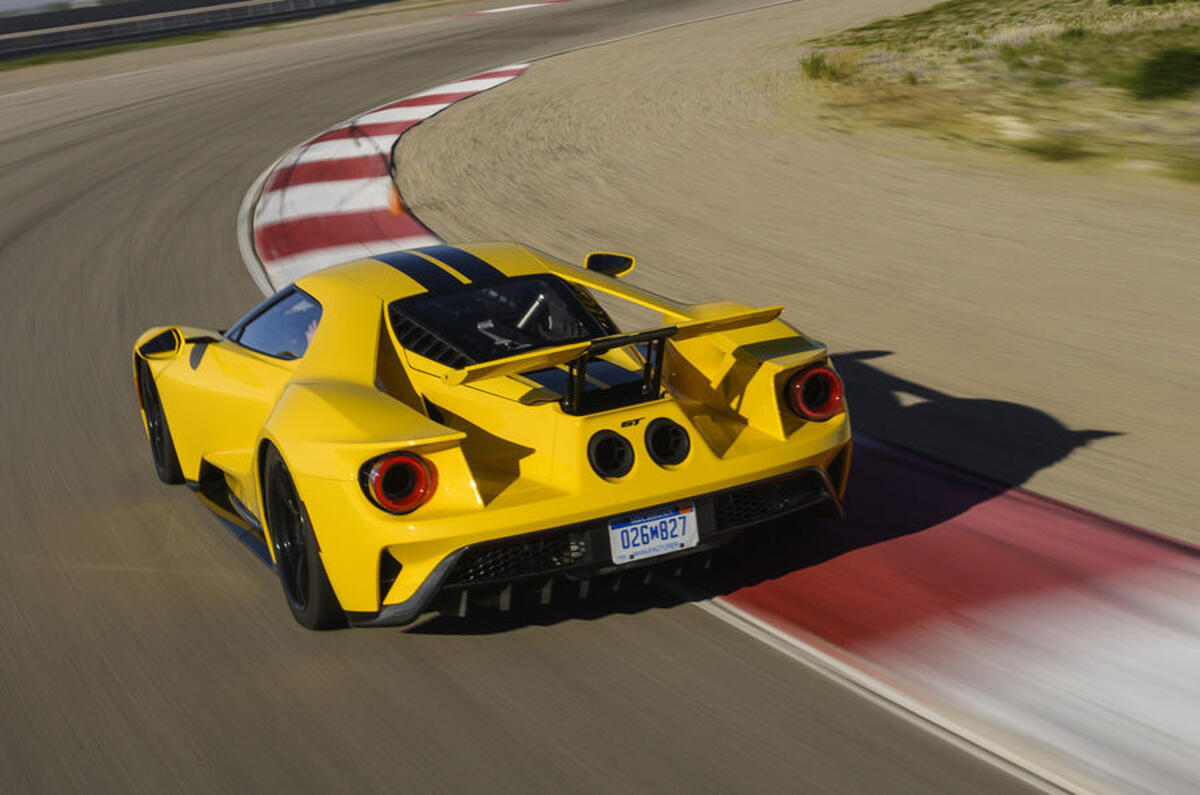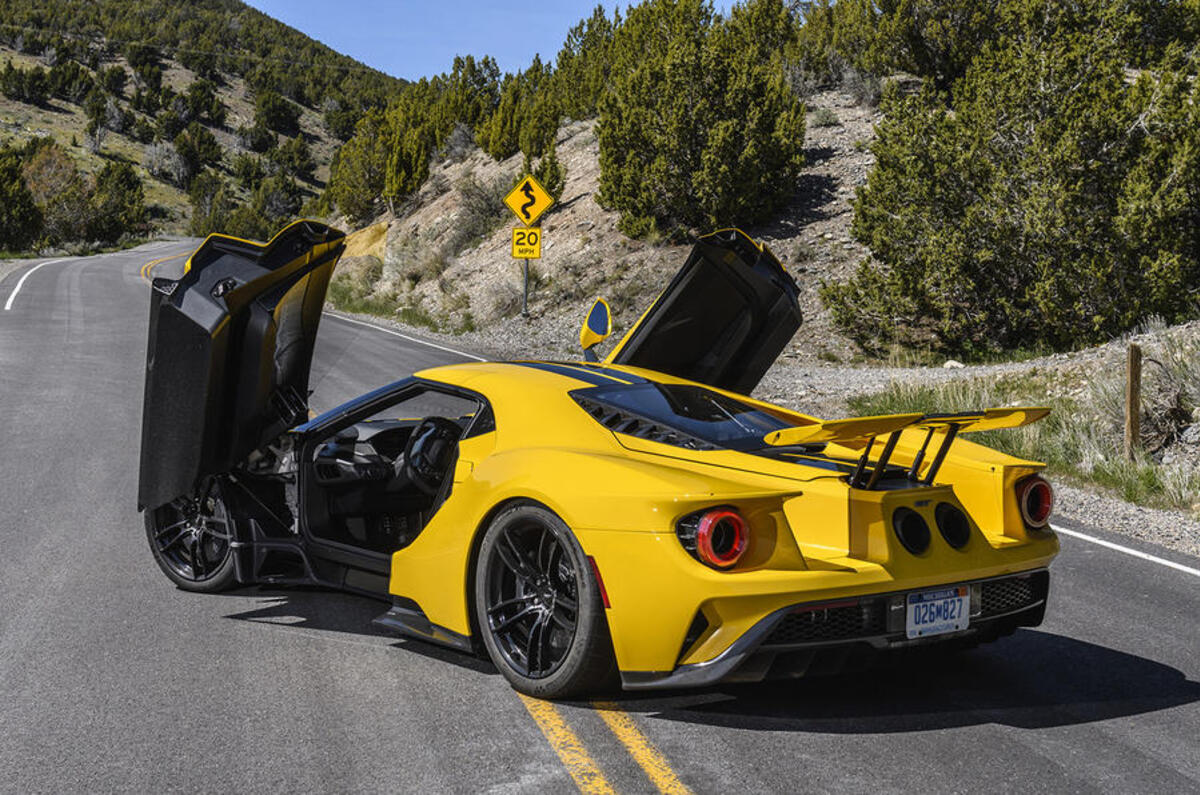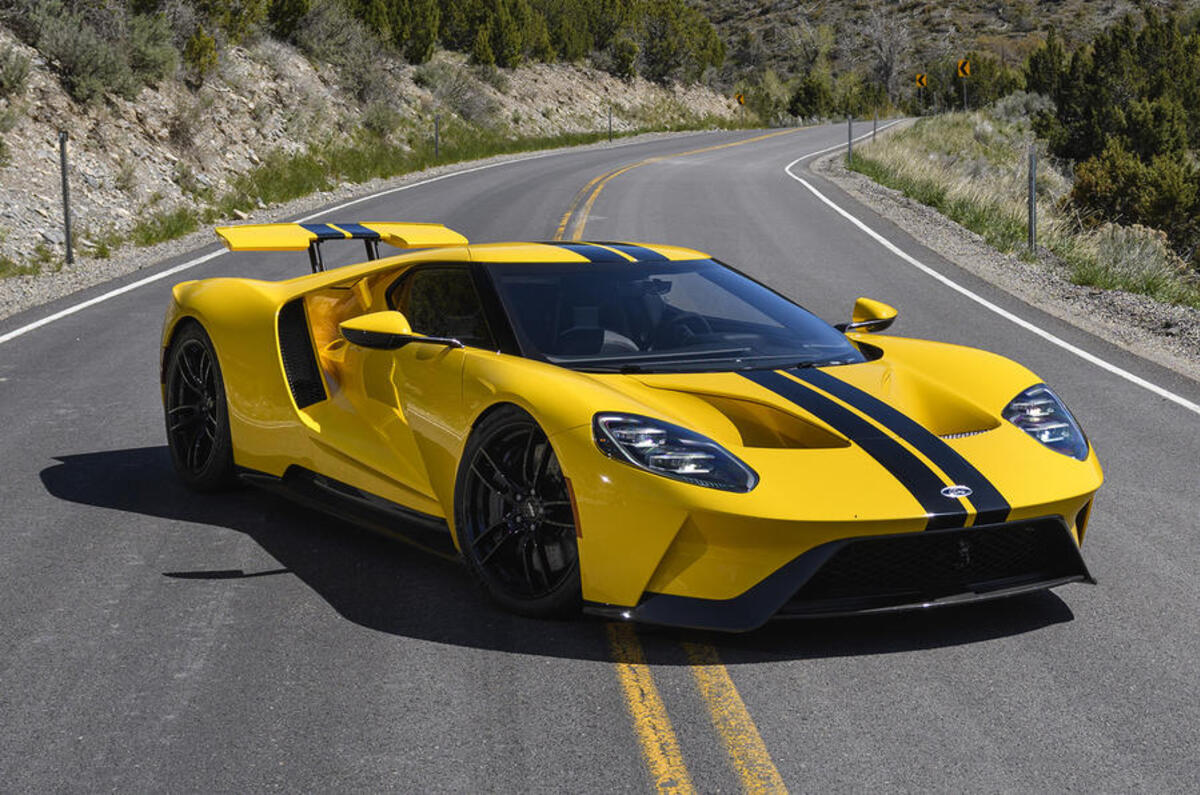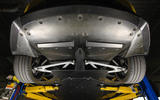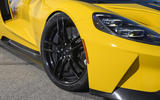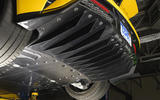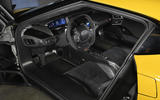The new Ford GT was meant to be a Mustang, you know. A Ford Mustang with which Ford would return to Le Mans in 2016 to have a crack at winning a class, some 50 years after it won the whole thing outright with the GT40. At least, that was the plan. The engineers called it Project Silver, after the Lone Ranger’s horse.
Trouble is that, like Silver was a big nag, the Mustang is a big car, so it has a large frontal area, which is bad for aerodynamics and therefore bad for going fast. And the more Ford modified the Mustang for GT racing, the less of a Mustang it became, until they figured they’d never win a damned thing with it while it was recognisably a Mustang, and officially canned the project.
Making the Ford GT less Mustang, and more GT
At least, that’s how the story now goes. They say that the Le Mans project then became completely unofficial, a skunk-works outfit with fewer than 20 designers and engineers hidden in a design studio in a basement behind a padlocked door, determined not to let it go and coming up with an outline design for the rebirth of the GT instead, probably slipping some clay and wheels through on expenses as ‘new pencils’ or something.
Certainly, it put a few noses out of joint when they eventually showed it to the whole design and management team, but the upshot was that they had designed the new GT. And, oh my: grandma, what a small frontal area you have.


